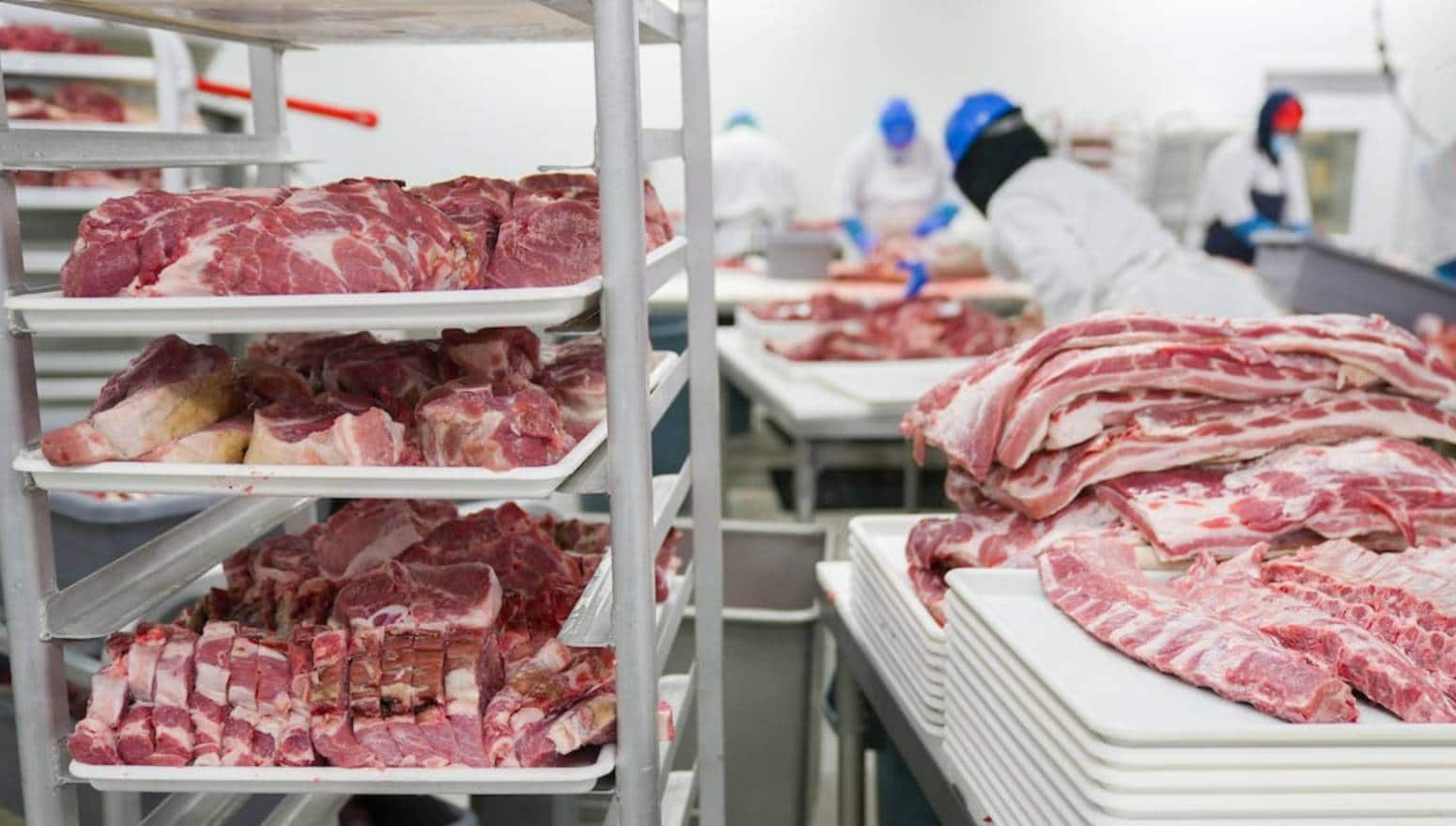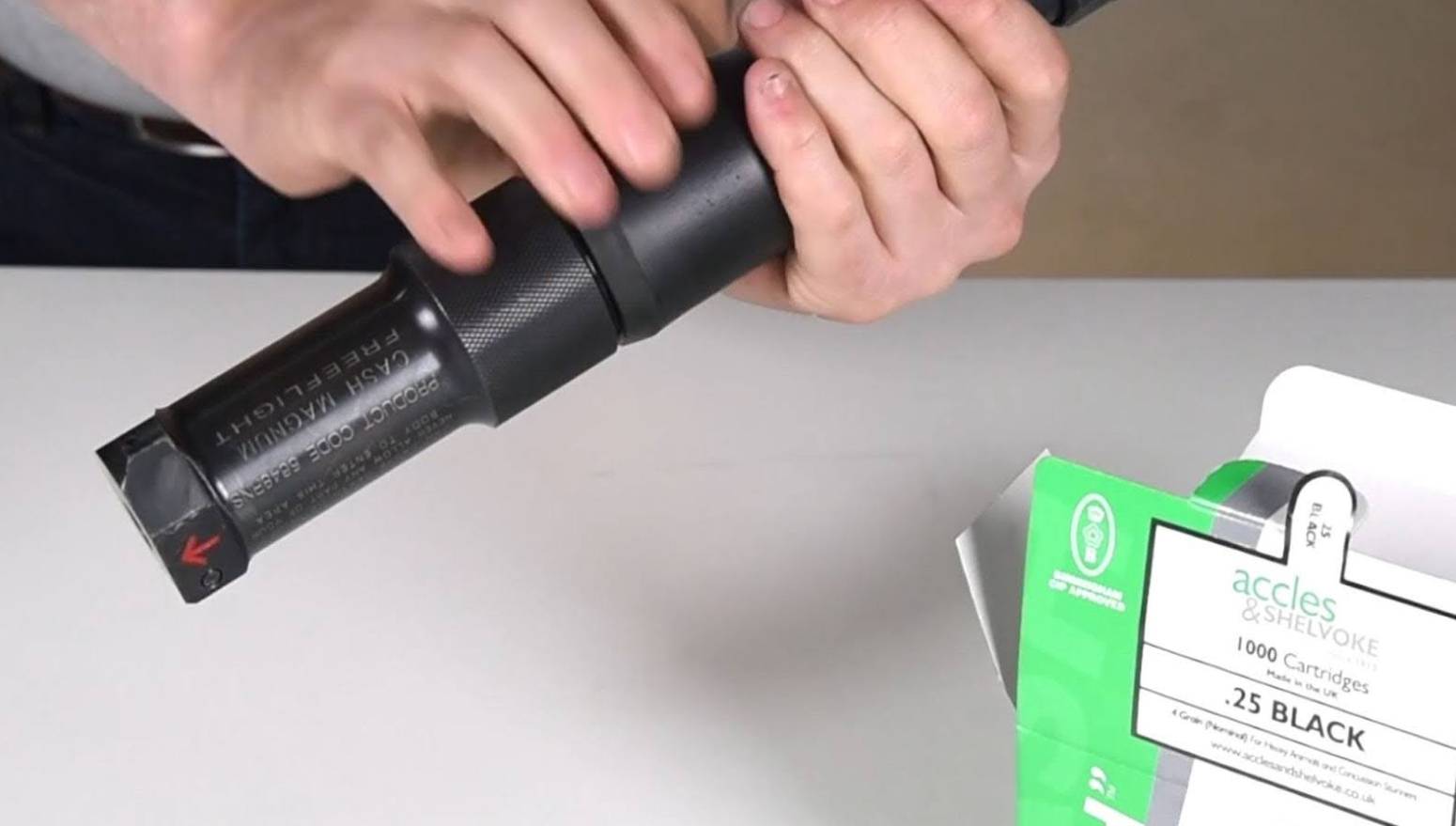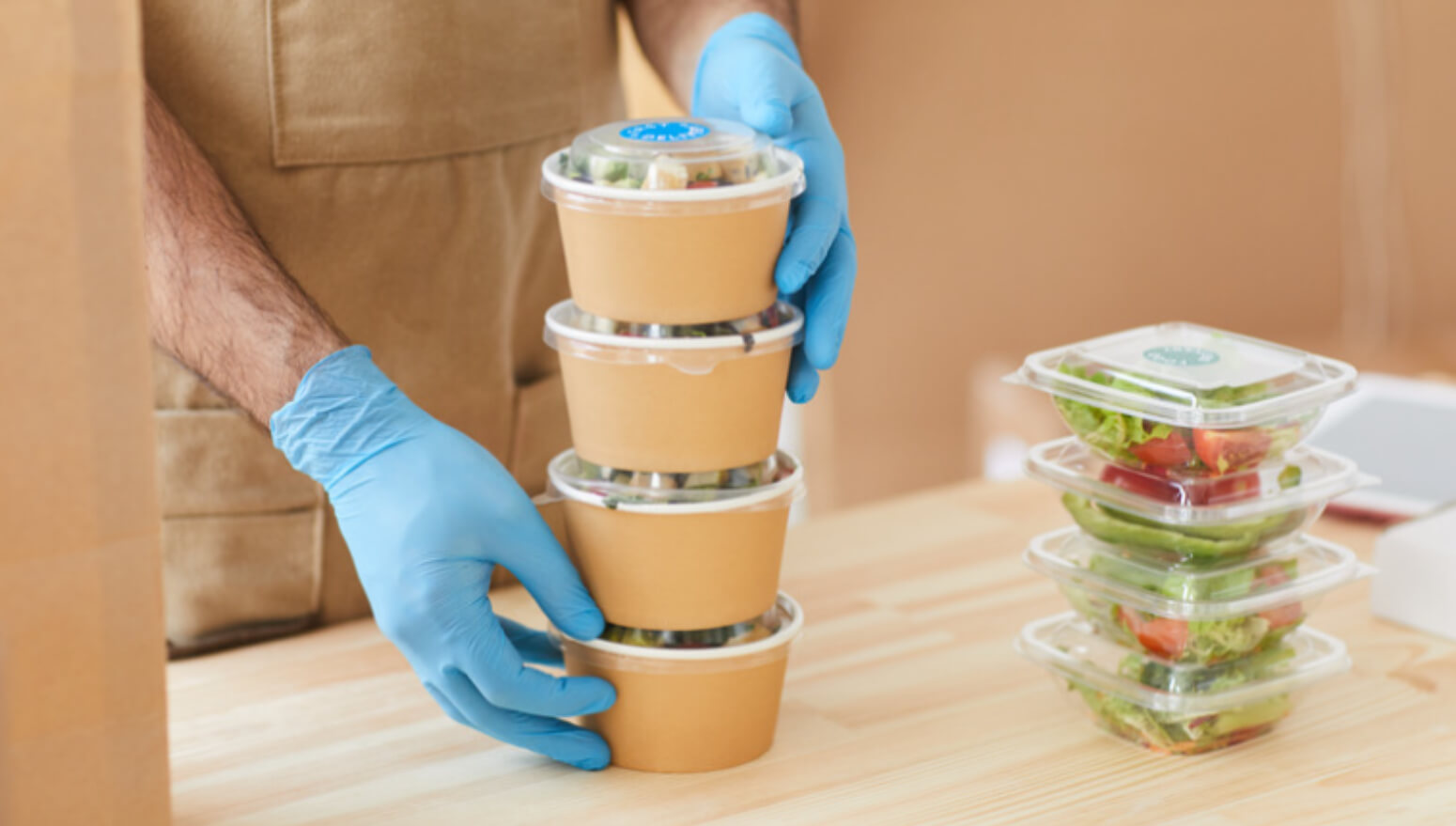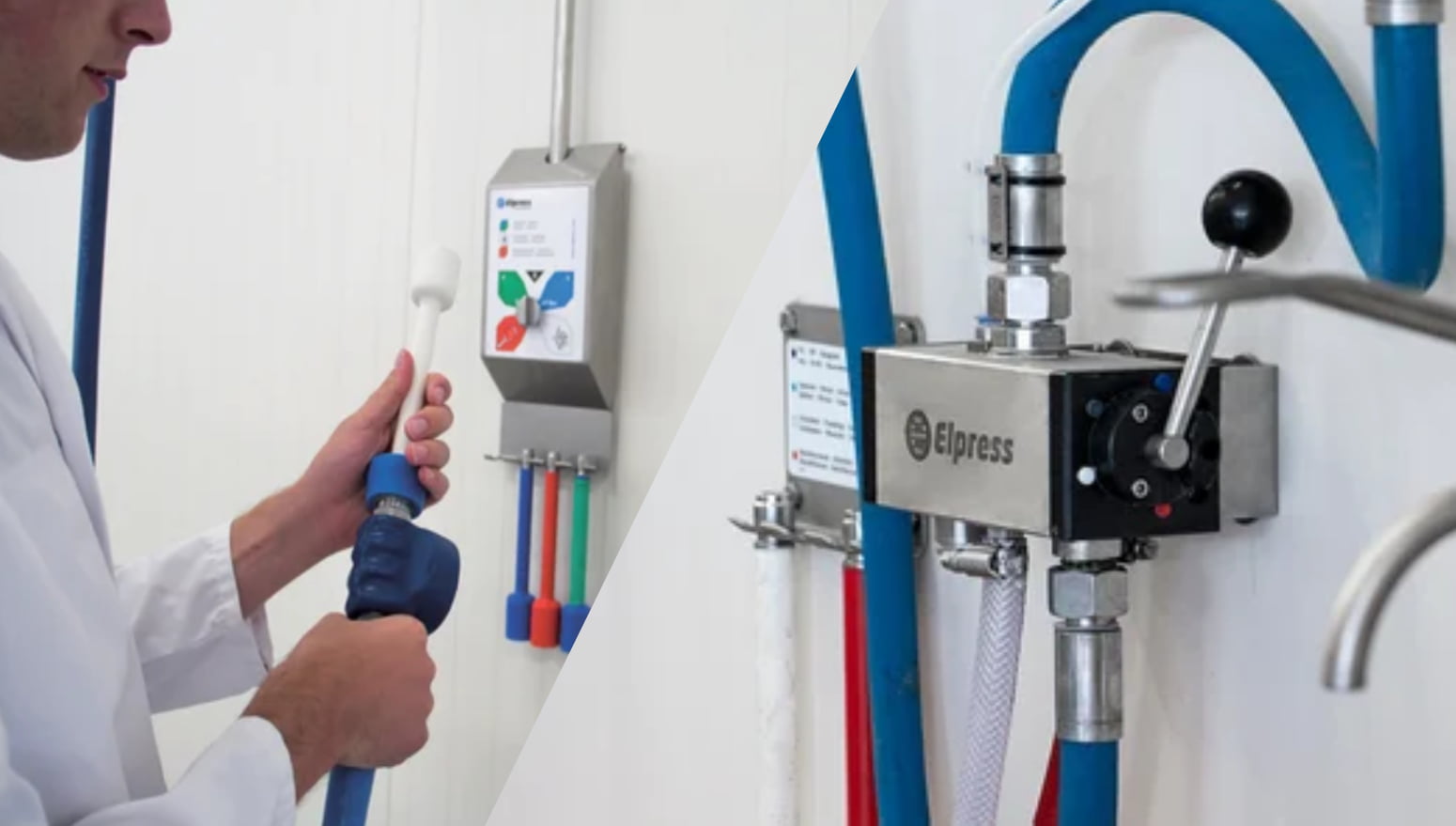In the meat industry, ensuring the safety and quality of products is a top priority. This involves a complex journey from live animals to raw meat to packaged goods, with multiple steps that need careful attention. Hazard Analysis and Critical Control Points (HACCP) principles are key to identifying and managing high-risk points in this journey, which are essential for maintaining food safety standards. We’ll explore how to pinpoint these critical control points in meat processing, understand their importance, and see how they uphold food safety in meat processing plants.
How to identify and manage critical control points in meat processing: overview
- Conduct a hazard analysis
- Determine CCPs
- Establish monitoring procedures
- Create documentation procedure
Dealing with industrial meat processing requires a smart approach. HACCP compliance offers a set of principles that help identify and handle potential hazards. These principles are the foundation for spotting critical control points (CCPs) and ensuring each step in the process meets the highest safety standards.
1. Conduct a hazard analysis
It is crucial for every meat producer to conduct a thorough hazard analysis for their products as part of their HACCP plan. The main purpose of a hazard analysis is to ensure the safety and quality of meat products by identifying potential sources of contamination, spoilage, or other adverse events that could occur during various stages of processing, from slaughter to packaging.
To ensure product integrity, it is essential to address the risk of contamination at the earliest stages of production. Detecting and eliminating contaminants at this stage is not only cost-effective but also prevents downstream complications.
Tangible threats such as stone and bone fragments, glass particles and metal shards, as well as high-density plastic or rubber materials, are all examples of physical contamination hazards that can be found within food. These foreign bodies can find their way into the final product and jeopardise consumer safety.
2. Employ smart systems and processes
Despite precautions and preventive processes, it’s inevitable that certain foreign objects might still find their way into your products from time to time. The product you receive from suppliers, for example, may already carry contaminants by the time they reach your production facility. This calls for the implementation of smart, automated systems to ensure nothing leaves your facility that is contaminated.
With an X-Ray food inspection system from Eagle PI, the process of foreign body detection is automated alongside chemical lean analysis, so you can reduce lean giveaway and food safety issues at the same time.
3. Establish monitoring procedures
Establishing robust monitoring procedures is critical to ensuring product safety throughout the production process. Using food safety technology such as X-Ray machines is the most effective tool you can use to monitor and guard against contamination.
Unlike conventional methods, Eagle machines use dual-energy X-Ray technology, making them capable of detecting a wide range of contaminants. This technology can pinpoint even the smallest foreign particles that might creep into the meat. It acts as a defence against contamination, helping manufacturers maintain the highest quality standards and safeguarding consumers from potential health risks.
4. Create documentation procedure
Having HACCP plans in place will ensure that corrective action can be taken early to avoid food safety hazards in the meat processing industry. Record-keeping and documentation procedures are important. These practices not only aid in compliance but also contribute to the overall effectiveness of identifying critical control points and establishing preventive measures within the production process.
Keep your meat processing plant hazard-free with FPE
Installing product inspection equipment within your processing line is the safest way of detecting foreign bodies and catching quality control issues before they become problems. FPE supplies best-in-class industrial meat processing equipment, including product inspection machines, throughout Australia and New Zealand. If you have questions about critical control points in meat processing or would like to find out more about the X-Ray equipment mentioned in this blog, contact our friendly team at AUS 1800 882 549 or NZ 0800 100 003.
Critical control points in meat processing: FAQs
What is the critical control point of meat?
The critical control points in meat processing are specific stages where control measures are essential to ensure food safety, such as cooking temperature, cooling, packaging, and storage. These careful measures collectively safeguard consumer health and ensure the production of safe and high-quality meat products.
How do you identify CCP in meat processing?
Identify CCPs by analysing the production process for potential hazards, establishing critical limits, and determining critical control points where control measures are crucial to prevent, eliminate, or minimise food safety risks.
What are the most common CCPs?
Common critical control points in meat processing include cooking temperature, cooling rate, packaging and sealing, storage temperature, curing/fermentation, raw material inspection, allergen control, and foreign object detection.






